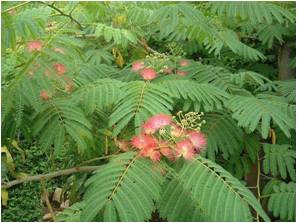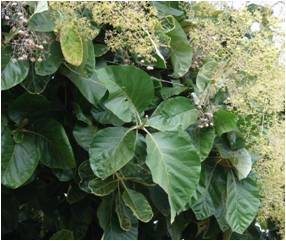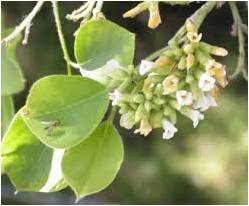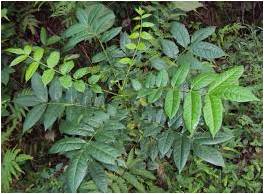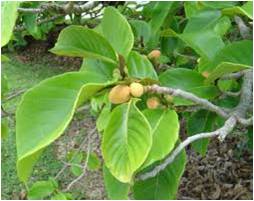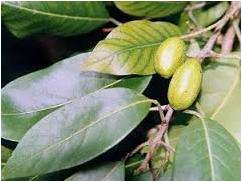
|
|||||||||||||||||||
| Home | About Forestry | Eco-Tourism | Forestry Addresses | FAQs | Contact Us | |
|||||||||||||||||||
| Disease Management | |||||||||||||||||||
| Forest Disease Management | |||||||||||||||||||
| Introduction : | |||||||||||||||||||
Forests provide multipurpose benefits such as timber, fodder, fuel and minor forest produces. They also help in conserving soil and water, offering food and shelter for wild life, adding to the aesthetic value and recreational needs of man. Forestry has the prime objective of developing and protecting forests for their maximum productivity. Diseases and insect pests constitute major biological determinants of forest productivity, particularly in nurseries and plantations. They cause heavy damage to seedlings and hence reduce both quantity and quality of planting stock. Large-scale mortality in the nursery due to disease and pest problems could seriously affect the plantation programme by reducing the stock of seedlings. In plantations, they cause major problems resulting in the reduction of biomass production or loss of valuable germplasm collections. Further, the infected seedlings are weakened and unable to withstand the adverse field/plantation conditions. Thus, the economic loss resulting from nursery diseases and insect-pests are considerable. Therefore, raising disease free, healthy tree seedlings is not only important for maintaining a good nursery stock but also essential in establishing a healthy stand in the field for better productivity. This paper reviews and highlights different disease problems like damping-off, leaf spot, leaf blight, leaf rust, powdery mildew, stem rot, seedling wilt, root-rot and collar-rot caused by various pathogens on economically important fast growing tree species such as Albizia lebbeck, Ailanthus excelsa, Azadirachta indica, Dalbergia sissoo, Gmelina arobrea, Pongamia pinnata, Tectona grandis and Terminalia chebula in nursery and plantations. The influence of different factors on the occurrence, proliferation and spread of the diseases were analysed. Effective management of these disease problems by integrating control methods like cultural practices, sanitation, fungicide application, use of bio-control agents and biofertilizers were also discussed in detail in the present study. |
|||||||||||||||||||
|
|||||||||||||||||||
| Conclusion : | |||||||||||||||||||
|
Selected genetically superior seeds as well as disease resistant planting materials are essential for successful forestry programme in order to withstand and overcome adverse environmental factors and emerging disease problems. Hence, genetic improvement of clones is undertaken continuously creating more and more population of genetic variability for further selection of improved genotypes against the diseases for better production of plantation forestry. Reference: |
|||||||||||||||||||
| Home | About Forestry | Eco-Tourism | Forestry Addresses | FAQs | Contact Us | |
|||||||||||||||||||
| © All Rights Reserved. TNAU-2014. |
|||||||||||||||||||

